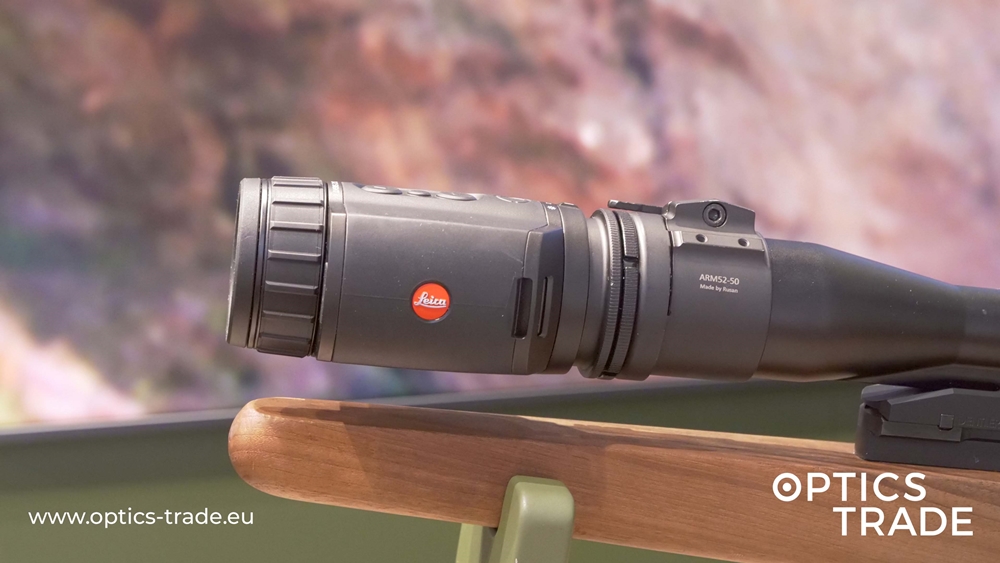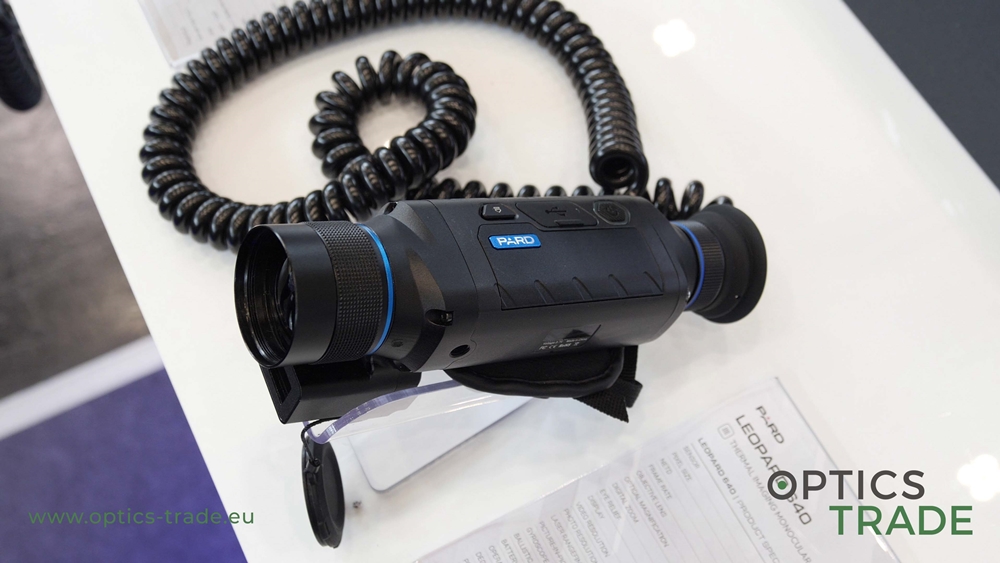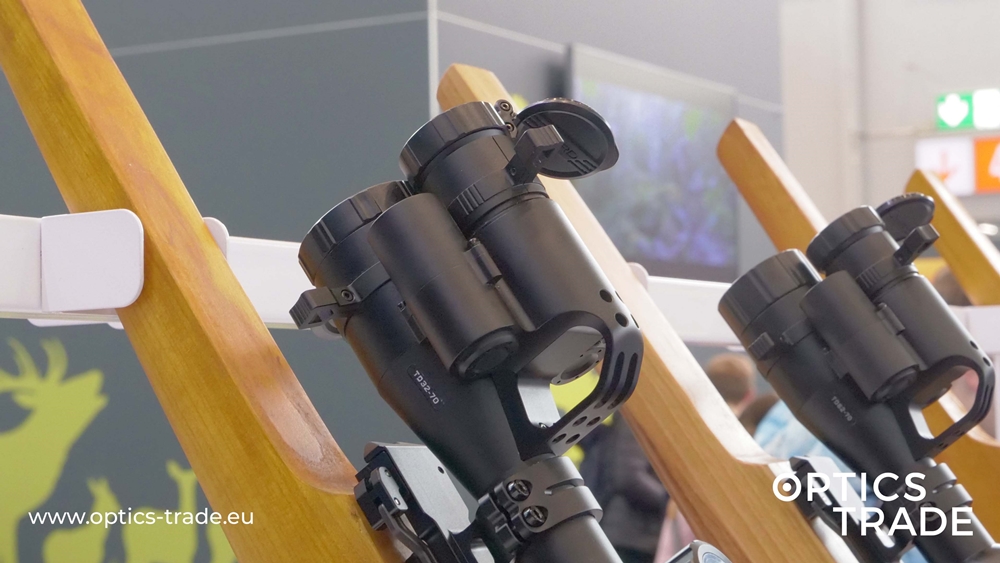Hello and welcome to another episode of Optics Trade Debates. In this episode, we make a comparison of the two most popular thermal handheld monoculars currently (2019) on the market, namely the new Pulsar Axion and the very popular Pulsar Helion. There is often confusion about the features and differences between the two monocular models, so in this episode we offer our thoughts specifically on the Axion XM38 and the Helion XQ38F.
Let’s begin with the price point. The price difference is about 100 € and you pay more for the Helion model. The Axion XM38 costs about 2290 €.
They are the same regarding the software. They both feature an AMOLED display and they both have a 38 mm lens. The pixel count on the display on Helion is 640×480 and on Axion 1024×768. Axion, as seen, has a better display. They are both waterproof.
With both, you get 8 different color palettes (“White Hot”, “Hot Black”, “Rainbow” …) and three types of calibration mode (automatic, semi-automatic, manual).
The form factor is different. Helion looks like a full-size thermal monocular, whereas Axion looks like a laser rangefinder because it’s so small and compact.
The housing of Helion XQ38F is made out of polymer while Axion XM38’s housing is made of magnesium.
The cover for the lens on Axion is made of rubber and has a metal part inside and a magnet on the strap, whereas Helion has a plastic, sturdy cap.
Axion XM38 features a new modified 320×240 12µm pixel pitch sensor while Helion XQ38F features a sensor with a 384×288 pixel resolution and a 17µm pixel pitch. They both have a 50 Hz refresh rate.
Optically speaking, Helion starts with 3.1x magnification which can be increased up to 12.4x, whereas Axion goes from 5.5x to 22x. As we can see, they both have a 4x digital zoom. Furthermore, Helion has a wider field of view, but Axion gives impressive details and provides a detection range of up to 1700 m compared to the 1350 m of the Helion XQ38F.
The Helion model is easier to use with glasses.
Helion devices work with an IPS battery (IPS5 or IPS10). Axion devices have an APS3 battery. The battery on Helion devices is a little harder to insert than on Axion devices, but their operation time is much longer. IPS5 battery will last for 8 hours, whereas IPS10 will even last for 16 hours. The APS3 battery on Axion will work for approximately 4 hours.
Both devices are compatible with the Stream Vision application and with Wi-Fi.
These two monoculars, however, don’t have the same customer groups, namely Helion XQ38F will be purchased by professional hunters, because it’s more of a working tool, and Axion XM38 will be more desired by someone who wants a thermal monocular that looks good and feels nice.
This is everything for today. Thank you for your attention. If you have any questions or would like to provide feedback, feel free to send us an email or leave a comment in the section below. We love to help. Subscribe to our YouTube channel for more content. See you next time!
Products mentioned:
Pulsar Optics: https://www.optics-trade.eu/en/manufacturer-pulsar.html
Pulsar Axion Thermal Imaging Monoculars: https://www.optics-trade.eu/en/manufacturer-pulsar/termo_monoculars_series-pulsar_axion.html
Pulsar Helion Thermal Monoculars: https://www.optics-trade.eu/en/manufacturer-pulsar/termo_monoculars_series-pulsar_helion.html
Pulsar Axion XM38 Thermal Imaging Monocular: https://www.optics-trade.eu/en/pulsar-axion-xm38-thermal-imaging-monocular.html
Pulsar Thermal Imaging Scope Helion XQ38F: https://www.optics-trade.eu/en/pulsar-thermal-imaging-scope-helion-xq38f.html
Follow us on social media:
Facebook: https://www.facebook.com/OpticsTrade/
Instagram: https://www.instagram.com/opticstrade.hunting/
Blog: http://optics-info.com/
Flickr: https://www.flickr.com/photos/opticstrade/albums
Pinterest: https://www.pinterest.co.uk/opticstradeeu/
LinkedIn: https://www.linkedin.com/company/optics-trade




